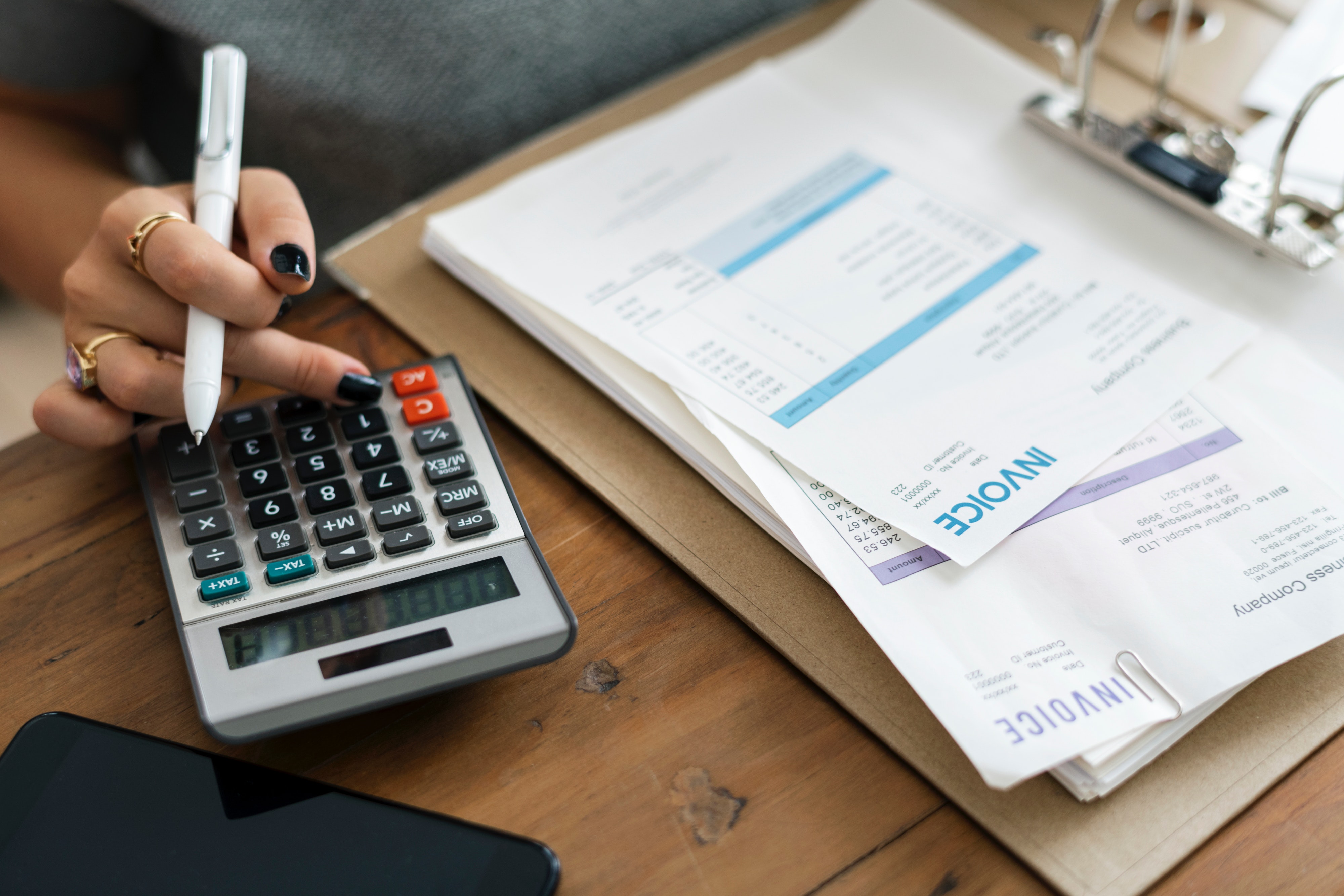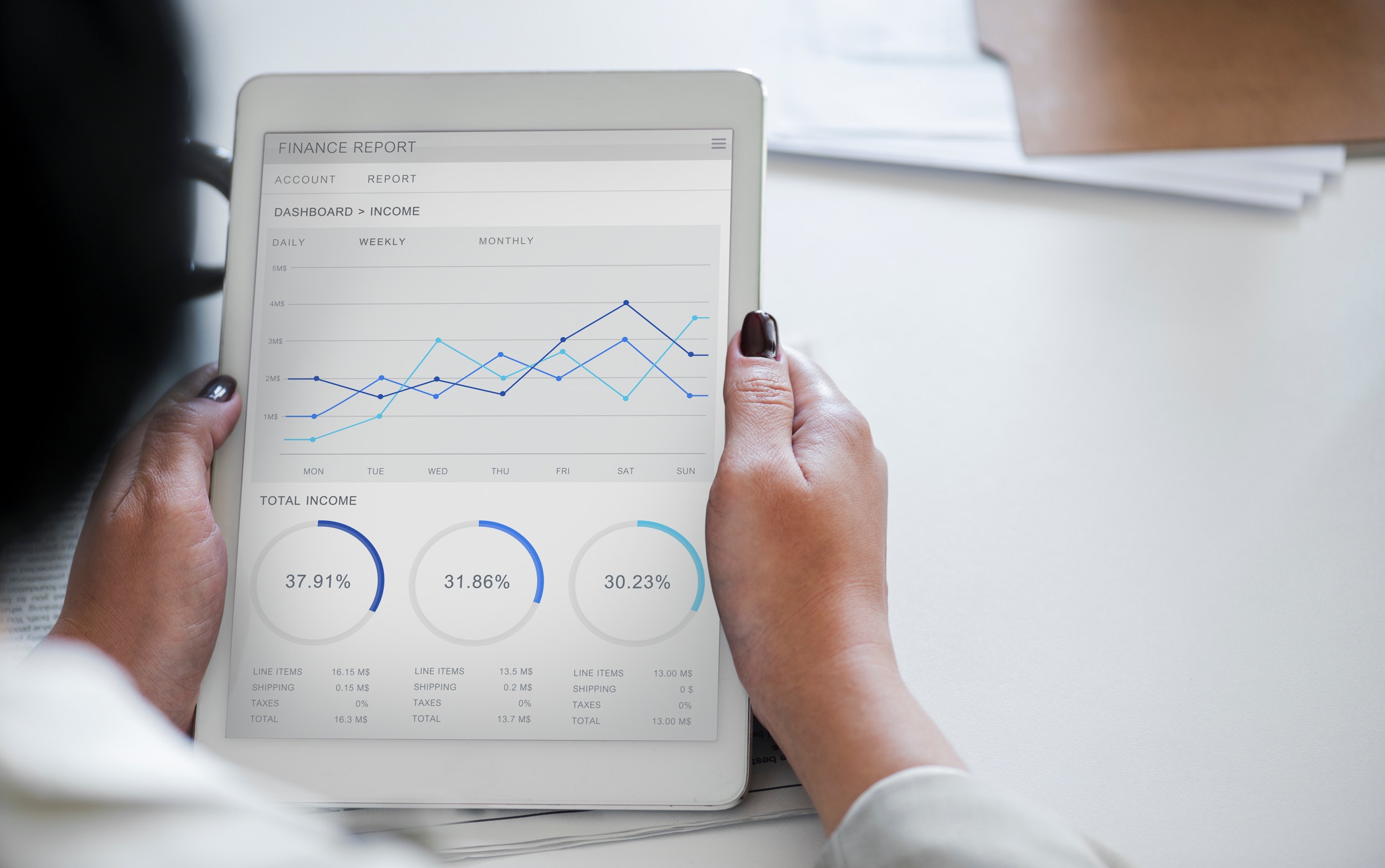Wolseley PRO Pipeline Blog
By Greg Weatherdon, Small Business Expert
Most of us would find it challenging to drive a vehicle without a dashboard and its instrumentation. Imagine trying to estimate the speed you’re traveling at by relying solely on your instincts. And what about all those other pieces of information like fuel level, oil pressure and engine temperature that we just take for granted. Yes, driving would be a challenge without those gauges.
Much like a vehicle, your business’s financial well being is made up of several critical elements, most of which aren’t given much attention until something goes amiss. Fortunately for us, our vehicles are equipped with gauges to keep us informed of their status and if we aren’t paying attention, we also have warning lights and audible warnings as backup. Unfortunately, our businesses don’t have any of these early warning systems.
.jpg?width=4912&name=Dashboard%20(1).jpg)
Contractors and their finances
When I ask contracting business owners about their finances, it’s surprising how few of them know the answers to my questions. Often, they direct me to ask their bookkeepers. Yet, many of these same owners pay more attention to their social media traffic and statistics than their financial information. Understandably, social media platforms make it easy to see how many views, likes and shares we get. But why aren’t contractors keeping up with their financial stats?
Accounting reports are designed by accountants
I recently double checked a couple of the major accounting software platforms and nothing much has changed. These programs were developed for the benefit of the accountants of the world and have forgotten who uses them on a daily basis. Accounting software tends to be over complicated. If developers truly understood their customers, from plumbers and HVAC contractors, to small business owners in any industry, they would adopt a “less is more” attitude. It’s no wonder so many contracting business owners don’t even bother with it. That is until there’s a crisis afoot or at the annual year end review with their accountant.
The “Get to it someday” pile
Given that there is such a disconnect, it’s up to you to make a concerted effort to stay on top of your financials to ensure everything is running within acceptable parameters. Most entrepreneurs agree that this is critical knowledge and something they need to stay on top of. Unfortunately, two things get in the way. First, with all the daily operational demands, this easily gets relegated to the “get to it someday pile”. Secondly, nobody has told them what they need to be monitoring.

Building your financial dashboard
There isn’t a universal interface that could be applied to your business. You may have to simply identify what needs to be monitored and figure out the fastest and simplest way to get the information. Although every company is different, here are the items that I chose to monitor a couple of times a week in order to keep an eye on the health of my company.
Revenue – It’s your speedometer. It lets you know if your business is selling its goods and services fast enough to support your expenses. You should know how much revenue you need to generate every month to keep the lights on. This is the bare minimum; your breakeven number. You should know this number cold and monitor your performance against it. Every dollar over should put you in the profit zone.
Expenses – It’s your tachometer. If expenses are exceeding revenue, you’re over-revving and risk catastrophic failure. You need to keep structural expenses to a minimum. These are expenses that become permanent. For example, rent, loan payments, cell phone contracts are not one-time payments, they are ongoing.
Bank Balance - It’s your gas gauge. Little or no funds in your account means you are going to stall an be unable to pay your bills or buy the supplies you need to start or finish a job. Overdrafts are expensive and provide false security. Collecting receivables in a timely fashion needs to be a priority.
Receivables – It’s your temperature gauge. If customers are paying on time, everything should be within normal range, 30-60 days. Getting customers to prepay is ideal and a lot easier than you think. Collecting at minimum 50% prior to starting any job should be your goal.
Payables - It’s your oil pressure gauge. Paying bills late due to lack of cash raises your pressure or stress levels. Having money in the bank makes this a lot easier. (see receivables).
Inventory – It’s your voltmeter. Too much inventory and you’re overcharging your carrying costs, too little inventory and you risk going out of stock and negatively affect your profitability as you scramble to get what you need. Also, just because something is a deal, doesn’t make it a smart buy if you’re sitting on the product for months on end. Learn tips for managing inventory here.
Monitoring your financial health
These items make up your financial dashboard and should serve you well for 80% of the information you need to monitor. Not sure how to access it? Ask your bookkeeper or accountant to show you where this located and how to get at it. Get them to write out the steps so you have an easy reference. Then make a point of checking it regularly.
There are a dozen things that require your attention every day but by creating your own dashboard allows you to monitor, at a glance the health of your company without getting bogged down in the minutia. This stuff is just too important to leave in the hands of others. Perfectly good companies have disappeared because the owners never paid attention to the numbers and didn’t know that they should.
Greg Weatherdon is a small business expert and author of Get More LIFE Out of Your Business. He is a featured speaker at the 2019 Wolseley One Tradeshows. He also produces The Small Business Minute Podcast that available on all major platforms including iTunes, Google Play and Spotify. Visit www.gregweatherdon.com for more information.








